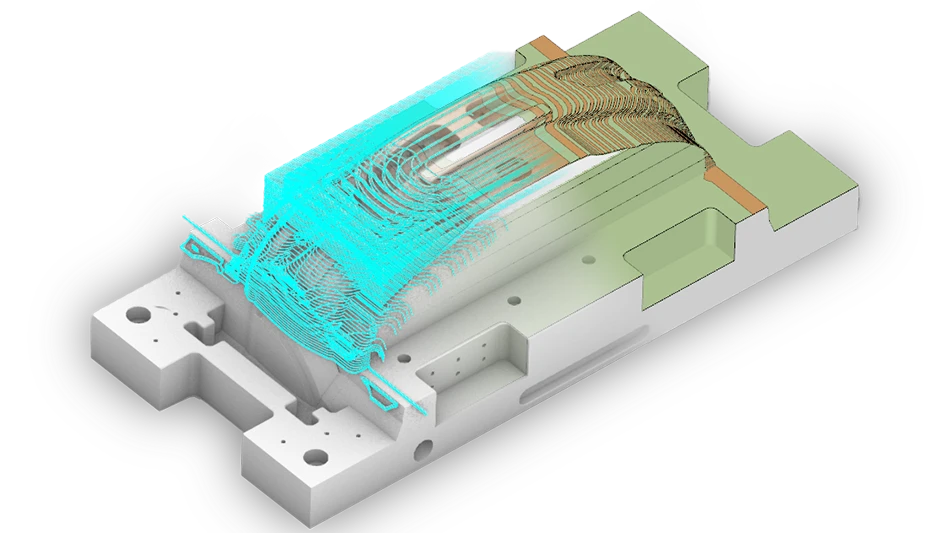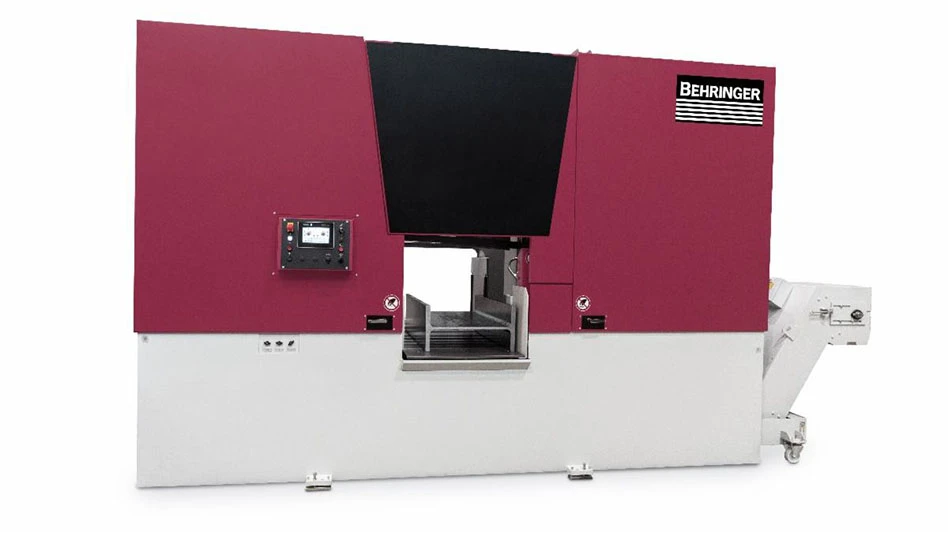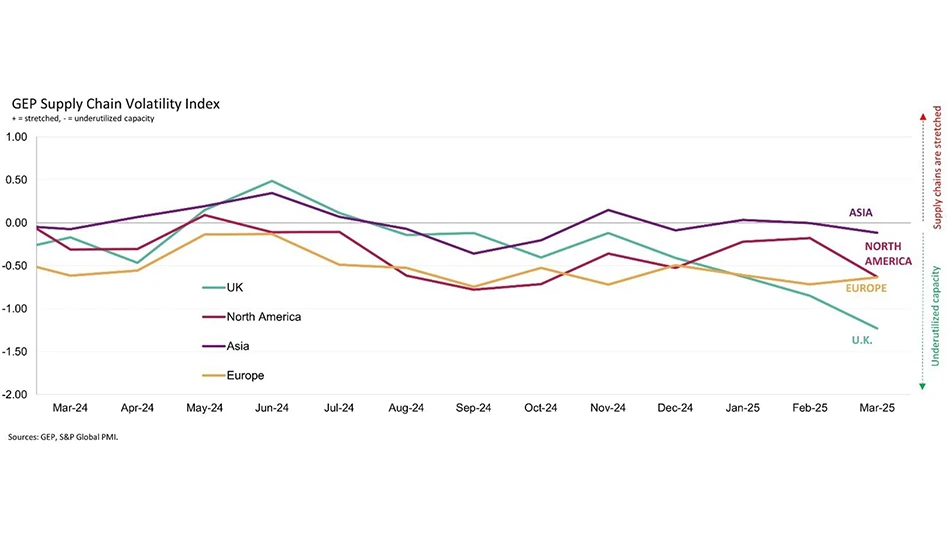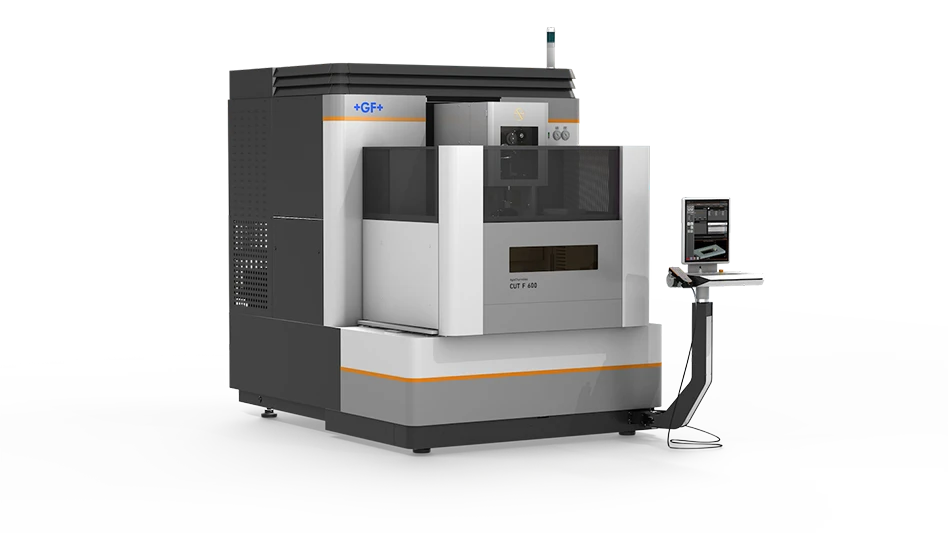
A study from Frost & Sullivan estimates there were 4.5 billion Internet of Medical Things (IoMT) devices in use in 2015, and that less than 2 years from now it will be near 30 billion devices. And by 2022, a Deloitte report estimates the IoMT market value will be $158.1 billion, a nearly 300% increase from the $41 billion value in 2017.
Technology has created the Internet of Things (IoT), which turns most objects into a patient source to collect data; from the shop floor to the hospital. And, if you instantly think wearables when you hear IoMT – a sector expected to reach $29 billion by 2026 – IoMT encompasses much more.
Today, the main areas that are extracting data for the IoMT are:
- On body: Smart watches/fitness trackers, glucose monitors, implants
- In home: Activity monitors, blood pressure machines, telemedicine, medication management
- Hospitals/clinics: In-patient monitoring, connected imaging, inventory management; handheld devices, care-coordination, operations
IoMT devices deliver patient-generated data (PGD) in-between office visits, helping the healthcare industry learn far more about a patient. Chronic conditions can be monitored, medication adherence improved, health concerns caught before or as they occur – all contributing to lowering hospital stays or readmissions, reducing healthcare costs, and improving patient outcomes.
As designers develop medical devices that fit into the IoMT sector, for the best acceptance and adherence the device must be easy to set up and use, comfortable to wear or use, delivered in a patient-friendly form, and designed to limit chances for user-error.
One example is the Series 4 Apple Watch, with a built-in electrocardiogram (EKG). It monitors and detects irregular heart rates for early detection of atrial fibrillation (AFib) that could prevent a serious medical event. AliveCor’s KardiaMobile EKG Monitor, a smartphone accessory that when first launched measured normal sinus rhythm and AFib, now has added FDA clearance for detecting tachycardia (high heart rate) and bradycardia (low heart rate).
Then there’s Current Health’s upper-arm wearable that measures respiration, pulse, oxygen saturation, temperature, and mobility, delivering continuous patient updates for quick intervention if PGD signal a problem. Already used in hospitals, the company received FDA clearance for its entire remote patient monitoring (RPM) and telehealth platform, including Bluetooth integration with other devices to track metrics.
And then there’s VivaLNK, an IoT medical wearable sensor platform that accesses hardware and software in a single platform. This helps deliver products to market faster by allowing manufacturers to focus on what they do best while tapping into the latest technology.
Wearable EKG monitors that detect AFib can connect PGD to physicians working with HMOs and PPOs via RPM. It all wraps up into the IoMT.
Elizabeth Engler Modic, Editor
emodic@gie.net
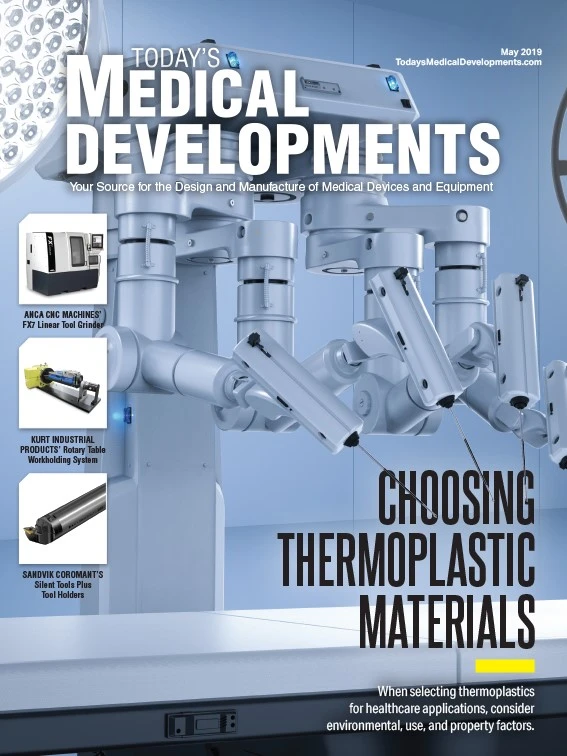
Explore the May 2019 Issue
Check out more from this issue and find your next story to read.
Latest from Today's Medical Developments
- Unlocking GenAI's potential: Insights from the Supply Chain Horizons 2025 report
- Celebrating 75 years of innovation at Jorgensen Conveyor and Filtration Solutions
- Free webinar to offer expert advice on optimizing machining operations
- How collaboration between companies can elevate manufacturing
- AI meets innovation: Cambridge's device transforms heart screening
- Mazak and Premier Engineering team up for greater agility in Florida
- Struggling with inventory or supply chain pressures? Find answers in our free webinar
- Free webinar: Advanced manufacturing solutions to support the Navy
